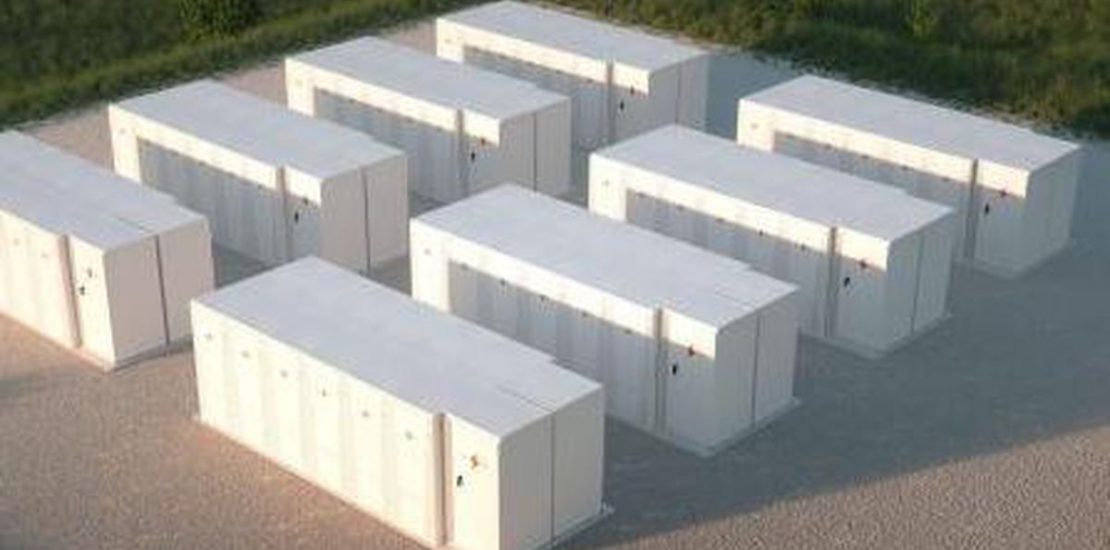- 18/08/2022
- Posted by: Valerie Vaz MP
- Category: News

Stantec on behalf of Anesco set out in my view, conflicting response to the consultation on building a battery storage facility on the Green Belt off Chapel Lane. I sent a response to their letter to Walsall Council to express my concerns about the development. Whilst I am aware of the need for more renewable technology and development, the position is clear that this development would be wholly inappropriate and there are no very special circumstances to outweigh the harm to the Green Belt. There are other potential sites that have not been considered by Anesco. Here is my letter:
Re: Chapel Lane/Anesco Battery Storage No. 21/1720
I refer to the undated letter, July 2022 (Ref:33256/A5/KC), from Stantec representing Anesco relating to the above application for development of a battery storage on Chapel Lane (BESS Site). I have the following comments:
1. Planning policy response:
Stantec state that the only major outstanding policy issue is: ‘the proposed development area and justification for its size.’ However, in my view there are a number of number of issues outstanding which have not been addressed in the letter:
a. Development Area and the Proposed Size
(i) On page 1, para 6, Stantec state that the proposed BESS site has been located “towards the woodlands and away from the road, to reduce visual impact”. On page 4, para 8, Stantec state they are “considering the amendments to move it away from the woodlands”. This is contradictory and it is unclear what Anesco are proposing for the BESS Site and leads to uncertainty about the application.
(ii) On page 1, para 5, Stantec state that the project may “require a larger compound area” but have not specified the project size or by how much it will increase. However, on page 6, para 2, Stantec claim that the two alternative sites, “were both much larger than required.” Stantec have rejected the alternative sites for being too large.
No reasonable planning authority can come to the conclusion that there is certainty in the application.
b. Alternative Sites and connection point:
(i) In Anesco’s Alternative Sites Assessment, para 2.2, the search covered the wider Black Country, but by their own admission this has been limited to only a 1km range from the agreed connection point. This would disqualify other points of connection and sites including sites not on Green Belt land. There is also no explanation why this is the only connection point considered in the Black Country.
(ii) there is no mention of Brownfield sites that may have adequate proximity to the grid, or that neighbouring Sandwell Council Planning Officer Peter Simpson raised the Oldbury National Grid Sub Station as a possible alternative site. As a brownfield site, adjacent to the M5, this would provide a less disruptive location for residents and address environmental concerns.
(iii) Stantec support the suggestion that “(urban POC) sites can be supported” page 5, para 10, and state two sites were identified from the Sandwell Brownfield Land Register but were discounted as they were “much larger than required”. However, this contradicts Stantec’s assertion that Anesco “may need a larger site”, for design requirements. (See 1.a above)
2. Very Special Circumstances
The National Planning Policy Framework (NPPF) at Paragraph 148 states that: “When considering any planning application, local planning authorities should ensure that substantial weight is given to any harm to the Green Belt. “Very special circumstances” will not exist unless the potential harm to the Green Belt by reason of inappropriateness, and any other harm resulting from the proposal, is clearly outweighed by other considerations.”
(i) in their response Stantec claim Page 2, para 8 that the “NPPF presumption is in favour of sustainable development.” This is a misrepresentation of the policy of the NPPF Paragraph 147 “Inappropriate development is, by definition, harmful to the Green Belt and should not be approved except in very special circumstances”.
(ii) On page 4, para 4, Stantec acknowledge that they fail to meet the third criterion of building on the Green Belt, that the development will “impact on the openness of the Green Belt through development”.
(iii) Furthermore, the development will impact on the Grade II registered Parkland, and nearby St Margaret’s Church on Chapel Lane which includes the Duckery, adjacent to the proposed site. The NPPF paras 194 & 195, states there must be “great consideration given to safeguarding designated heritage sites.”
(iv) Stantec have failed to show that very special circumstances exists as they admit the development will impact on the openness of the Site. At Page 4, para 9, Stantec acknowledges the visual impact that the development will have on the Green Belt. Planting more trees will not reduce the visual impact of the batteries which have a height of 2.5m.
b. Temporary site
(i)Stantec claim the site is of a temporary nature, page 3, para 4, however the development has a life span of 40 years and will leave the Site, on Green Belt land, damaged and inaccessible for a significant period of time.
(ii) Moreover, there is an admission that grazing land will not return to its original condition for at least 40 years after which Stantec claim will return to its “current state”. However, this is Grade 2 agricultural land and will not return to its original use for 4 decades and may require decontamination.
c Renewable technology
(i) Stantec’s letter on Page 2, para 4, cites the project’s ‘renewable’ credentials for the existence of very special circumstances. However, it is arguable that a BESS does not fall within the strict wording of the NPPF para 151, “increasing production of energy from renewable sources.”. A BESS has no inherent renewable properties and therefore no weight can be attached to outweigh the harm to the Green Belt.
3. Safety Concerns
(i) There are worldwide examples of unresolved safety concerns relating to a BESS. In 2020, there was a fire on a BESS in Liverpool; in 2021 a fire broke out on a BESS site in Australia, caused by a short circuiting of a cooling leak. This was initially undetected. In 2022 there was a fire at the BESS site in Arizona. These fires were serious incidents and fire services may not have yet have the knowledge, know how or equipment to respond owing to the noxious gases that are released by the fires.
(ii) The roads approaching the site are narrow and are “country roads”. It will be difficult for emergency services to reach the Site quickly and safely. It is not clear whether the Fire Services have been consulted.
(iii) Stantec admit the site will be not staffed except for some visits to the Site by engineers. In the event of a fire, local residents and the neighbouring sites will be the first to be alerted by any fire. This would pose a serious risk to the local community and animal life.
Conclusion:
Whilst there is a need for more renewable technology and development, this development is wholly inappropriate as set out above as:
(i) no very special circumstances exist to outweigh the harm to the Green belt.
(ii) the Site is Grade II agricultural land;
(iii) there are international safety issues which remain unresolved; and
(iv) the search for alternative sites has been limited despite a site in the Black Country and near the grid but has been discounted.
This application should be refused. For all the above reasons and no reasonable authority would come to the conclusion that there are very special circumstances that outweigh the harm to the Green Belt.

